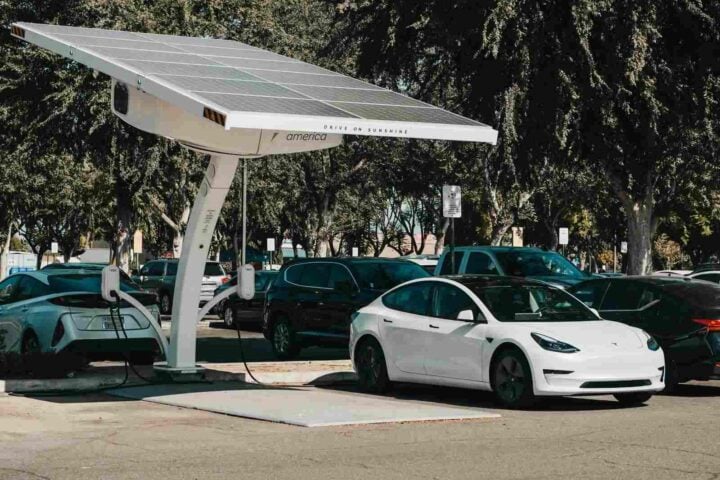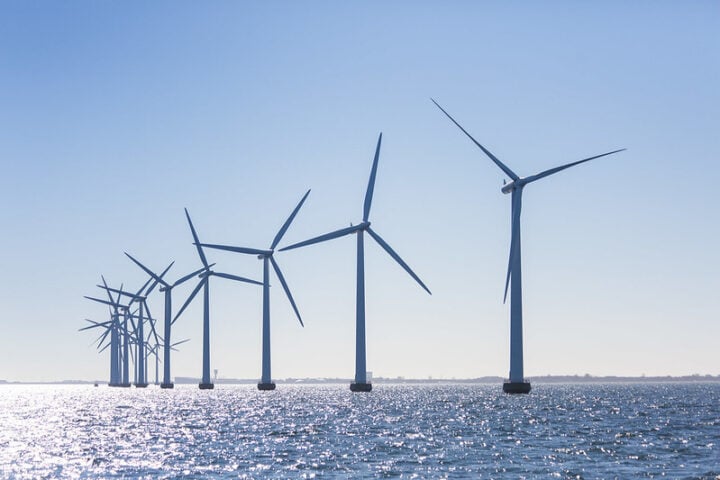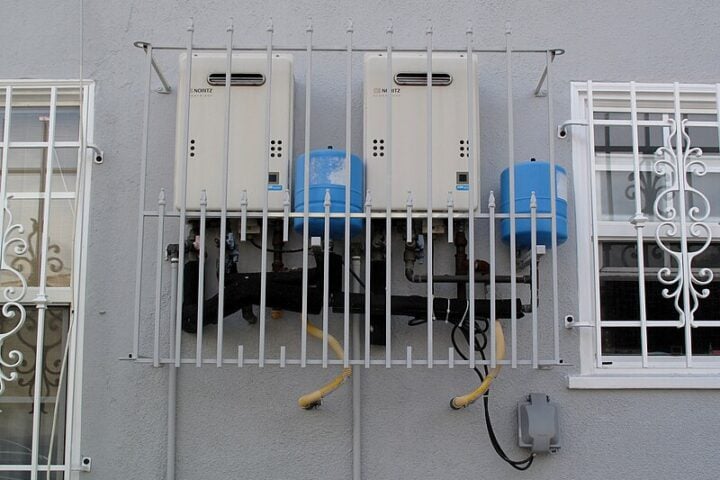After six decades covering renewable energy developments, the emergence of a new urban wind turbine demands careful scrutiny. The LIAM F1 UWT (Urban Wind Turbine), developed by Dutch company The Archimedes, presents an alternative energy solution for urban environments – but does it live up to its claims?
The LIAM F1 UWT operates with these verified specifications:
- Diameter: 1.5 meters
- Weight: Under 100 kilograms
- Annual energy generation: 300-2,500 kWh (average 1,500 kWh)
- Minimum operational wind speed: 5 meters/second
- Initial cost: 4,000 euros
The turbine’s helical design, inspired by the Archimedes screw, enables self-adjustment to wind direction. This feature proves essential in urban settings where wind patterns are irregular and turbulent. The compact size allows rooftop or chimney installation without substantial structural modifications.
The annual output of 1,500 kWh at wind speeds of 5 m/s covers approximately 50% of an average household’s energy consumption. However, these figures require real-world validation across different urban environments and weather conditions.
Richard Ruijtenbeek, an engineer from The Archimedes, states: “We envision a future where wind turbines and solar panels work together to provide self-sufficient energy solutions for homes and businesses.”
Similar Posts
The technology has expanded beyond the Netherlands, with adoption in Belgium and Germany. A smaller version, the LIAM F1 Mini, has been introduced for homes with limited space.
Several factors warrant attention:
- The 4,000 euro initial investment poses a substantial barrier for many homeowners.
- Performance data in various urban wind conditions needs long-term documentation.
- Integration with existing power systems requires careful examination.
The silent operation addresses a primary concern of urban wind power – noise pollution. The turbine operates without causing noise disturbance in urban environments.
The manufacturer plans to expand innovations in wind-solar hybrid systems. These developments could enhance the technology’s utility in urban areas.


















